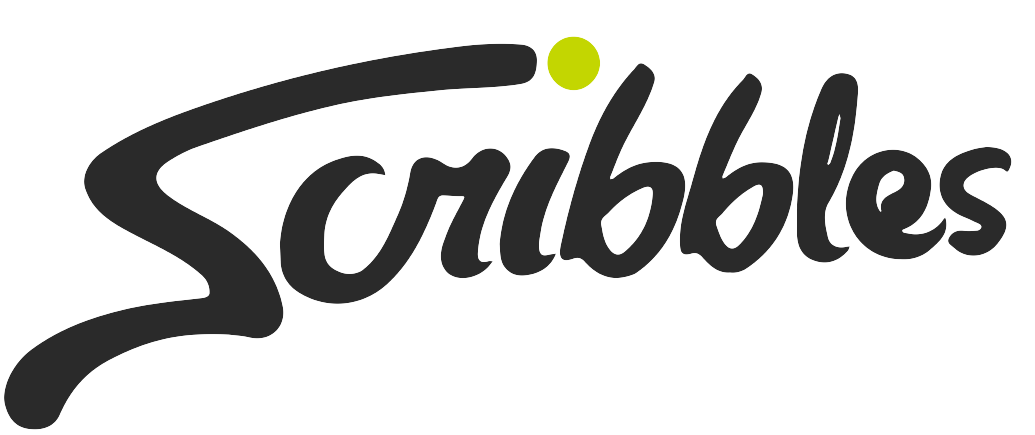
Trying to figure everything out on your own after graduation is no easy task. In times as such, you find yourself thinking that if a subject on what the younger generations coined as ‘adulting’ was taught in school, then maybe you can ‘adult’ more confidently.
If Adulting 101 becomes a subject, here’s a possible course outline:
An Introduction to Government IDs
Let’s commence this course by discussing the basics. After signing your first contract with your first employer, the friendly HR staff hands you a fiendish list of requirements you don’t have. It’s interesting to know that the mitochondria are responsible for powering the cells but it would be a lot nicer to have prior knowledge that an NBI clearance reqiures at least two (2) government-issued IDs so you don’t show up with just one ID on hand like what the one who penned this article did. I mean, I could have prevented having my appointment from getting almost cancelled and simply secured another ID first had I known. But *sighs* oh, well.
So much for moping, let’s make this new class of ours a little more interesting with an activity.
The K – W – L Chart for ‘Adulting’
Oftentimes, we find ourselves in that ‘expectations versus reality’ sort of moment; especially those new to the world of ‘adulting’. What better way to address the disappointment, that when left unattended might lead to insecurity and discontentment, caused by such situation than through bridging the gap between what we think we know about adulthood and what it ACTUALLY is? For this activity, we will be using the K – W – L chart to do just that. Let’s narrow down our focus and center our attention on one of the truths of being an employed adult—burnout. The mechanics of our exercise are as follows:
- Start by listing down the things you know about burnout under column K.
- Then, think of the things you want to know about it for column W.
- Finally, write down the things you learned from your enquiry under column L.
|
Topic: Burnout |
||
|
What I (K)now |
What I (W)ant to Know |
What I (L)earned |
|
1.
2.
3. |
1.
2.
3. |
1.
2.
3. |
After accomplishing this task, ask yourself: what new learnings did I gain? Did I have misconceptions about burnout that the activity cleared? Is burnout what I expected it to be?
Like any other good course outlines, we end ours with values formation.
The Principle of Proactivity
I have been working for almost two years now since I graduated from uni. And if there’s something I learned from working that I wish was introduced in school, that’s proactivity. I owe this good old buddy for helping me get to the happier place where I’m currently in. You see, being proactive, as I understand it, is focusing on the things you have control over and is taking responsibility for your decisions. Let’s face it, it’s not easy to turn a blind eye on the heftiness of your workload and to simply consider it a learning opportunity. But would you rather sulk, blame your boss, and not finish your tasks within deadline? Is that the decision you’re willing to take responsibility for? Not really, right? So next time you feel like complaining because you see some of your colleagues lazing about when you can barely wrap your head around your deliverables, just remember this mantra: focus on what you can control.
We owe our schools and other educational institutions a lot—from imparting of values to skills development. But times are changing fast and while it may be a little far-fetched to find this ‘subject’ among those that students would likely enroll to, at the end of the day, we could all use a little heads-up.




